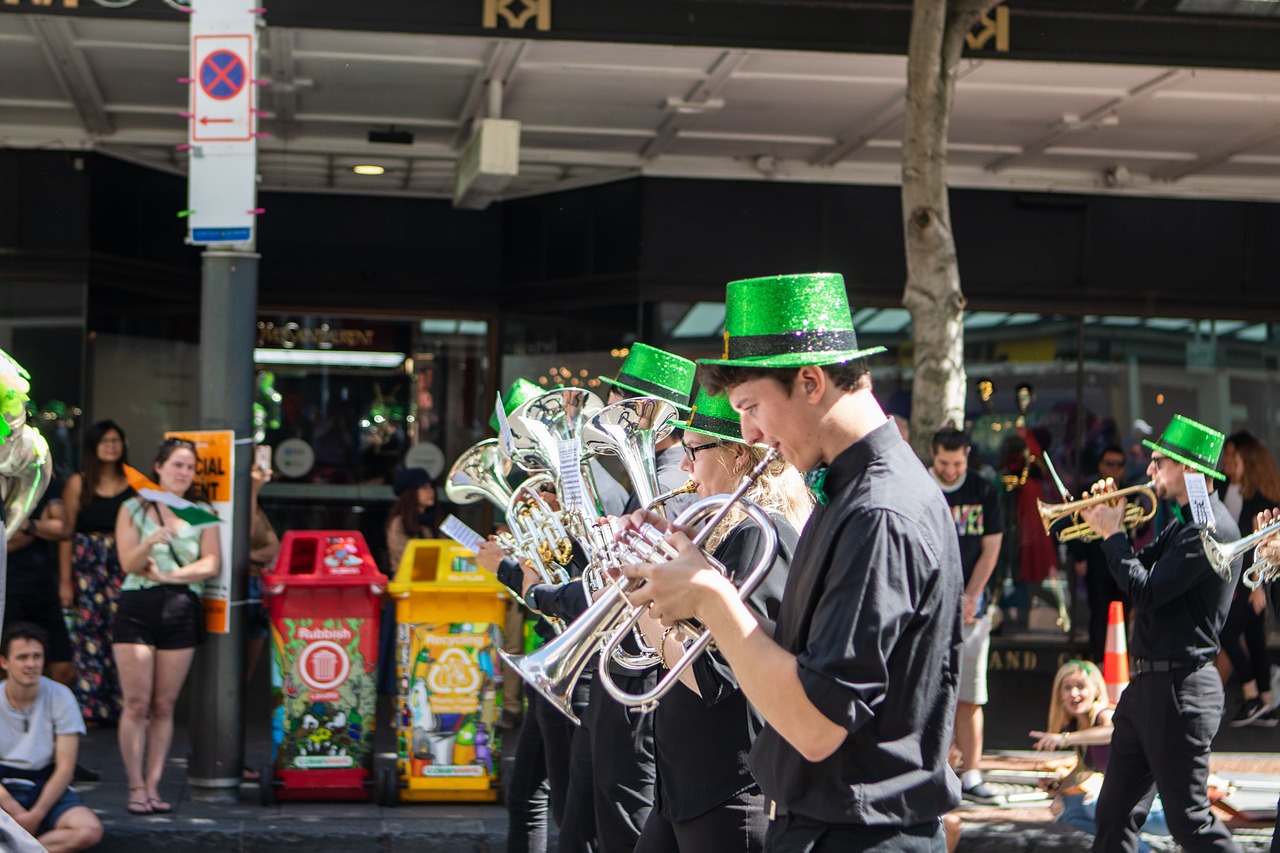Manannan mac Lir stands out as a key maritime deity in Irish mythology and folklore. Known for his chariot gliding over the waves, his connection to horses, and his famous cloak of invisibility, he is the guardian of the otherworld and the afterlife, drawing parallels to the ancient Greek gods Poseidon and Hades. Furthermore, Manannán has ties to the mythic realm of Avalon, known in Celtic mythology as Tír na nÓg, linked to his daughter Niamh, one of the queens of this enchanted land, and his son Bran the Blessed, who wields a cauldron that grants rejuvenation, reminiscent of the legendary Holy Grail.
In addition, Manannan holds a cherished place on the Isle of Man, where a similar deity is recognized in Welsh folklore. While it is common for deities to be worshipped across different cultures, the Isle of Man’s name derives from Manannán, and the Welsh version, Manawydan fab Llŷr, shares such striking similarities with his Irish counterpart that their stories often intertwine.
Ancient and Modern Connections
In the lore, Manannán is connected to figures like Lugh and Nuada, both significant characters within the Tuatha de Danann and their rivals, the Fomorians, who are often depicted as supernatural adversaries vying for dominance in Ireland’s early myths. The Tuatha de Danann were considered the last magical invaders of Ireland, whereas the Fomorians are viewed as the mystical inhabitants who existed following the Great Flood. This long-standing enmity established a rich backdrop for Manannán’s role, a deity celebrated on both the Isle of Man and in Wales.
In the Manx tradition, Manannán is viewed as a protector of the island, using his enchantments to create illusions and confound potential invaders. He played a crucial role in assisting Lugh during the Second Battle of Magh Tuireadh, providing him with a suite of magical armor, including an invincible coat, a helmet that sparked with stones when in motion, and a formidable sword known as the Answerer. This sword had the unique power to ensure that no one could utter a falsehood when confronted with it and could also breach any barrier, making it an invaluable weapon.
Welsh Parallels
Manannán’s Welsh counterpart, Manawydan fab Llŷr, is prominently featured within the narratives of The Mabinogion, where three of his children take center stage. In these tales, Manawydan is associated with the renewal deity, Bran the Blessed, who possesses a magical cauldron capable of bringing a fallen warrior back to life. It is essential to distinguish this cauldron from the golden cup associated with the Irish Manannán, given to High King Cormac mac Airt, said to shatter thrice if lies were spoken over it and restore itself if truths were proclaimed. The cup served Cormac throughout his reign and mysteriously disappeared upon his death, likely returning to Manannán, underscoring his connection to themes of renewal and transformation.
The Legend of the Children of Lir
Manannán is prominently featured in the poignant tale of “The Children of Lir,” which illustrates the themes of love, loss, and envy. The narratives may depict various figures; however, in the version known as Táin Bó Cúailnge, his wife Fand is noted, while Aoibh, the daughter of the reigning king of the Tuatha de Danann, is often acknowledged as Lir’s spouse. Together they bore four children—three boys and a girl—before Aoibh’s untimely death left them motherless. Subsequently, their bitter and jealous aunt, Aoife, was brought in to care for them.
Aoife’s jealousy culminated in dark magic, transforming the children into swans as means to rid herself of them. Interestingly, her punishment came not from Lir but from her father, highlighting the complex dynamics of familial relationships within these narratives. The children remained cursed as swans for 900 years until a monk, specifically Saint Patrick, granted them salvation.
Lasting Legacy
While Manannán does not always play an active role in the tales spinning around him, his influence across Irish, Manx, and Welsh cultures is remarkable. Often, he acts as a benefactor, providing various gifts to heroes and gods within the stories, reinforcing his role as a connector of divine and earthly worlds. Despite often being regarded by the name Lir, his essence and legacy endure in folk lore, securing his standing as one of the most celebrated deities within the mythological tales.
[top image: Manannán mac Lir sculpture at Gortmore, Magilligan, County Londonderry (2014). Copyright Michael Kight / Flickr]



